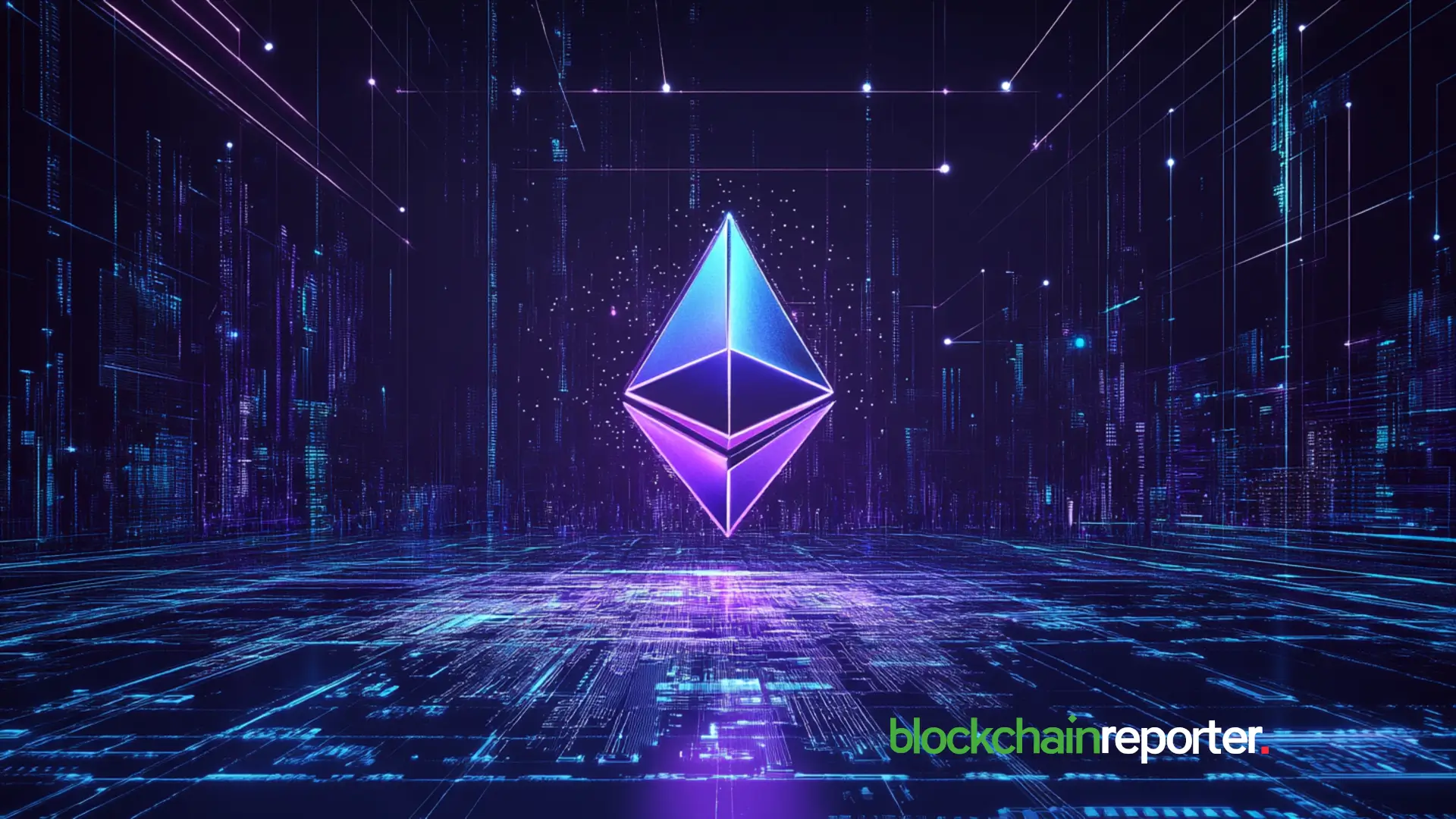Fusaka Upgrade for Ethereum Scalability
0
0

Introduction
For progress and development, evolution is the key. Cryptocurrencies with idle communities and networks meet bitter end. In terms of reliability, the coin which comes to our mind after Bitcoin is none other than Ethereum. Launched on 30th July 2015 by Vitalik Buterin and a team of co-founders, Ethereum has impressed traders all over the world with continuous activity. More than ten years ago, no one would have imagined that $ETH would boast a staggering market cap of $544 billion. With this much amount, it proudly sits at 22nd spot on the list of global asses by market cap.
Previous Ethereum Upgrades
1. The Merge (2022)
Since its advent, Ethereum has undergone various upgrades. In September 2022, The Merge resulted in transitioning of $ETH from proof-of-work (POW) to proof-of-stake (POS) mechanism. It enabled the network to become highly energy efficient.
2. Dencun Upgrade (2024)
The Dencun upgrade in 2024 optimized Ethereum for Layer-2 projects which previously had to post a lot of data on Ethereum. The upgrade allowed them to make data blobs to be sent to Ethereum. Ethereum became more scalable thereafter.
3. Pectra Upgrade (May 2025)
Staking flexibility for validators was brought about by Pectra upgrade in May 2025. It gave more control to validators in terms of management, withdrawal and adjustment of stakes. Pectra upgrade also made the handling of data blobs easier.
Fusaka Upgrade (December 2025)
The secret of Ethereum’s success lies in its constant efforts to become faster and more scalable. At the end of 2025, a scheduled upgrade titled Fusaka is set to enable Ethereum to handle more transactions more quickly and more efficiently. Fusaka is a major network upgrade targeted at increasing the block gas limit from 45 to 150 million, more than 3X. Whenever a new block is added, the network will handle more transactions and manage smart contracts more easily than it does now.
Technical Improvements
For a man in street, it is just a change of speed. However, under the hood there are two technical improvements. Let’s suppose there is large warehouse in which the inspector has to check every bag of articles that arrive. In spite of being secure and reliable, this method is extremely tedious. If there is a bar or QR code available on the parcel containing the information about all the articles inside, the inspector’s work will be reduced to less than half. They can check a few random items from among the articles listed in the code data. All the inspectors in the warehouse can access the data by using the code, so all of them check a few random articles from every parcel received. They tally their verification work to ensure that the data is valid.
Similarly, Imagine Ethereum as a large warehouse where a lot of validators (inspectors) are working. Despite the fact that Dencun and Pectra had made data reading and transfer smoother, validating data blobs is still quite a task. Verkle Trees work like QR Codes encapsulating all data inside a blob. The data analysis becomes much more convenient for validators. Peer Data Availability Sampling (PeerDAS) enables all validators to check random data bits to verify the validity.
This combination of PeerDAS and Verkle Trees is set to make Ethereum far better than it is now. There will be less strain on validators node, resulting in a rise in the number of validators worldwide. When the number of validators increase, the network will become more and more smoother.
Significance of Fusaka Upgrade
While using social media, you might have come across posts that complain about network congestion and resultant sluggishness on Ethereum Network. This can often happen during busy hours. Transactions are confirmed later than expected and gas fees rise.
What Fusaka upgrade aims to achieve is the compression of data and increase in the block size. This will be made possible by letting each block carry more transaction data so that more and more transactions may be performed and validated in less and less time.
Furthermore, layer-2 projects will benefit greatly from Fusaka upgrade. These projects are responsible for posting transaction data on Ethereum chain. Just as they were facilitated by Dencun upgrade, Fusaka upgrade will add to their ease by letting them carry far more data than they are carrying now.
Finally, as has already been mentioned, PeerDAS system lets every validator check transaction data randomly. The distribution of workload among validators leads to decreased burden on hardware. As a result, the number of validators is expected to increase. The more validators there are on the network, the more secure it is. Therefore, Fusaka upgrade will indirectly contribute to making the network safer.
Timeline of Fusaka Upgrade
Although Fusaka Upgrade is scheduled to be completed in December 2025, the rollout is planned in various stages. It will be tested first on the Holesky testnet (October 1, 2025), then on Sepolia (October 14), and later on Hoodi (October 28). These dates can be changed depending on the results from the testnets.
There are three purposes of this step-by-step launch. The developers will be able to check the performance of the upgrade. They could see whether the claims of speed and efficiency are valid. Secondly, the testers will check the stability of the upgrade. Many technological upgrades are vociferous about the innovations but somehow fail to deliver the claimed performance steadily. The testing will also allow the developers to report bugs and troubleshoot the issues.
Ethereum Foundation understands how important it is to launch the upgrade successfully and how crucial it is to make it bug free. Keeping this in view, they have announced a hefty reward of $2 million for anyone who identifies any major vulnerabilities in the network. This program is set to commence four weeks ahead of the main launch.
Bottom Line
Upgrades make any network safer, more secure, faster and more efficient. This is all the more relevant in blockchain technology and cryptocurrency projects. Ethereum being the 2nd largest cryptocurrency in the world, Fusaka upgrade, scheduled to be activated in December 2025, is set to make the network less congested for users and less burdensome for validators.
0
0
 Manage all your crypto, NFT and DeFi from one place
Manage all your crypto, NFT and DeFi from one placeSecurely connect the portfolio you’re using to start.






